Know a little bit more about your tasteful coffee
Everyday there are more and more people who enjoy a good cup of coffee; so it is worth knowing some of the details and terminology involved with this tasty drink.
Everyday there are more and more people who enjoy a good cup of coffee; so it is worth knowing some of the details and terminology involved with this tasty drink.
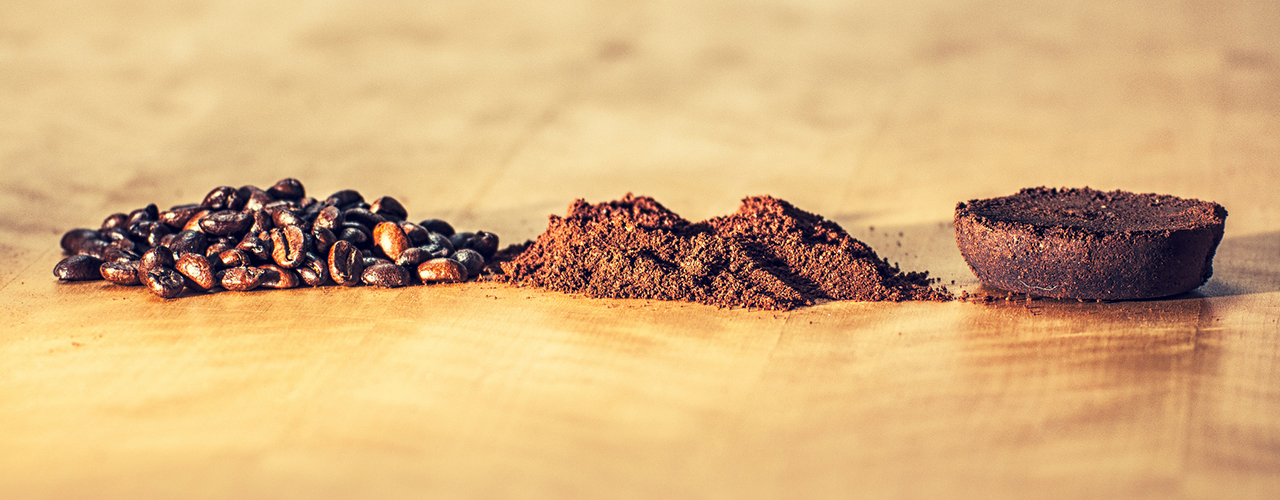
To talk about coffee is to enter a great universe of variety, knowledge and details; however, learning and knowing some basic aspects and terminology, will help us select, enjoy and share one of the biggest drinks in the world; as well as giving us an interesting topic of conversation in a reunion, surrounded by family and/or friends.
“The plant that gives coffee is known as Cafeto, it belongs to a genre known as Coffea and, it is also part of the Rubiaceae family “.
The 2 more common for commercial use are:
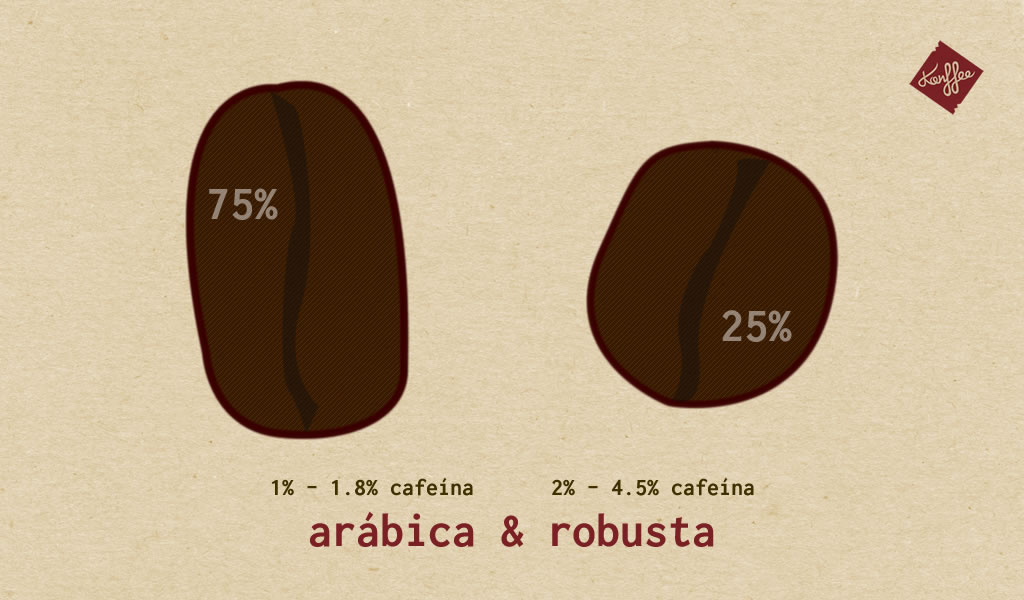
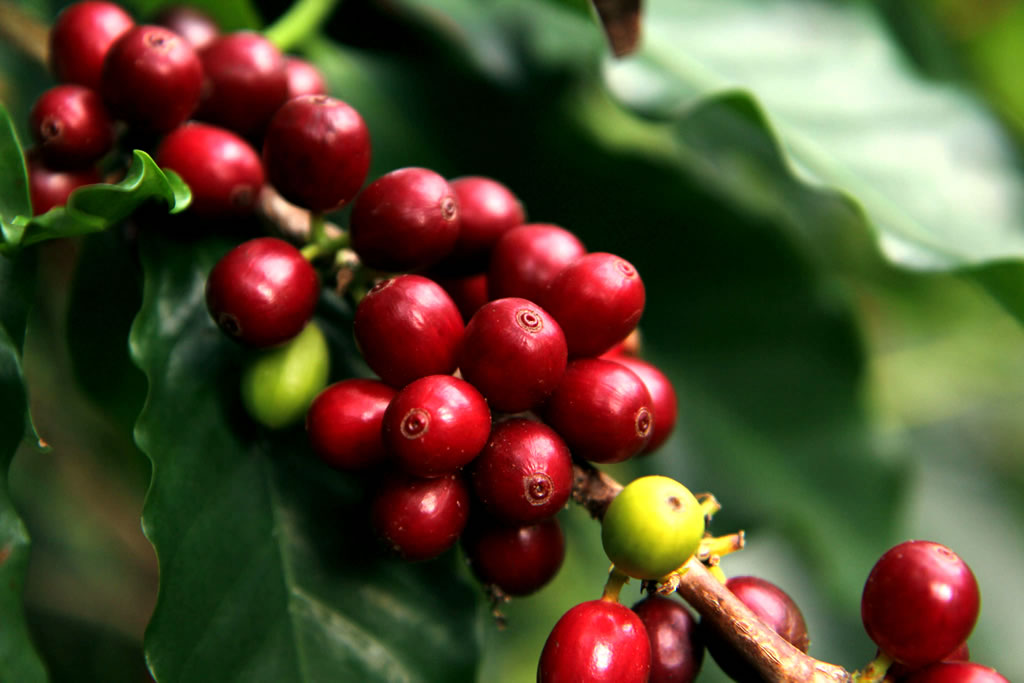
—photo by Mary Wholey
The fruit of the plant is a cherry where two grains —or seeds— are grown inside. Depending on the type of grain, it can be classified into:
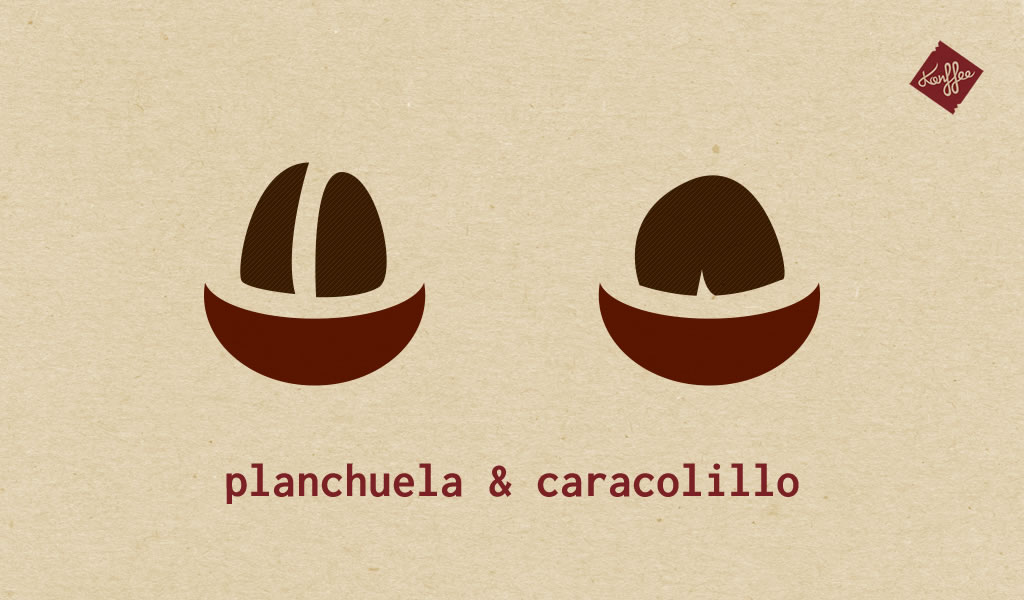
By separating the pulp from the cherry the seeds are extracted and dried, resulting in the so-called ‘green bean’ coffee.
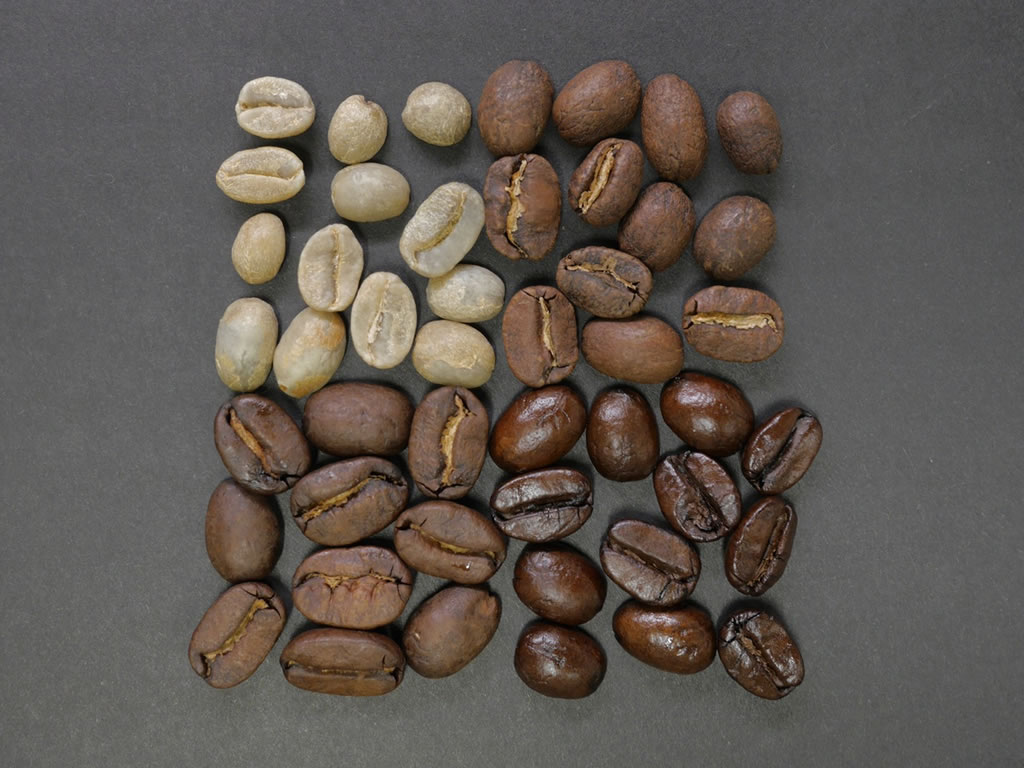
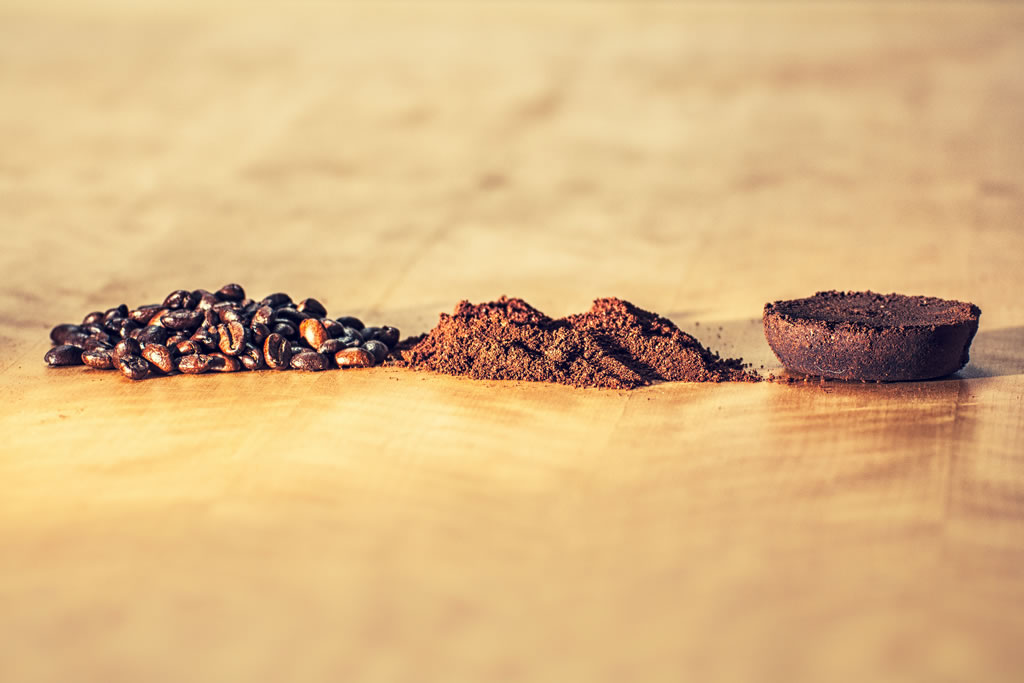
—photo by Thomas
Experimenting with a cold filtered coffee version • We have always seen coffee as a hot drink; but as temperatures rise and there is no craving for a steaming cup of coffee, it is good to experiment with other options.
A Very Exclusive Collection of True Mexican Coffee • Mexico has a great diversity of coffee, one of the best in the world, really tasty and of special quality, with different exquisite flavors that are worth knowing & sharing.
Coffee Seasoned Steak • Yes, you read it right. This is a different and special combination truly worth preparing, enjoying & sharing during a barbecue or dinner, along with your family and friends.
Descubre nuestra Colección Artesanal Premium llamada 52. Apoyando familias de caficultores cuyo trabajo merece ser reconocido. ***